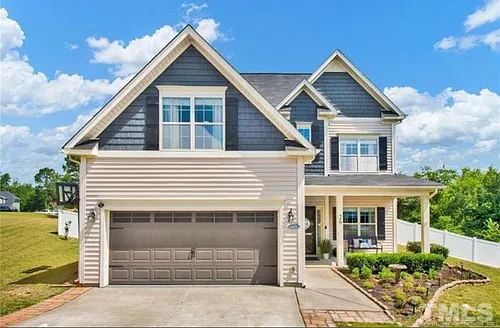It is an undeniable fact that owning a rental property is a blessing, as it offers a rewarding investment. But it also comes with various risks. Most of the landlords prefer to focus on securing tenants and collecting rents, but forget some important aspects. Overlooking these mistakes can lead to major risks. From insurance pitfalls to tenant disputes, failing to prepare for potential challenges can put both your property and financial stability at risk. In this blog, we are going to discover 10 hidden risks that most landlords ignore and how to prevent them.
- Overlooking Comprehensive Risk Management
Risk: One of the major mistakes that landlords make is that they fail to make the best management strategy. This mistake leaves them vulnerable to financial and legal setbacks.
Prevention: Conduct a rental property risk assessment annually. Identify the major risks, such as property damage, tenant disputes, or natural disasters. Create a plan for handling each scenario before it arises.
- Falling into Landlord Insurance Pitfalls
Risk: Not all landlord insurance policies cover common risks, such as tenant damage, loss of rent, or legal expenses. Landlords often assume basic coverage is enough.
Prevention: Review your landlord’s insurance policy thoroughly. Ensure it includes liability coverage, rent default protection, and damage caused by tenants or emergencies. Consult with an insurance broker to avoid hidden exclusions.
- Weak Tenant Screening Processes
Risk: A proper tenant screening is required for a smooth experience. Tenants who ignore it can face issues like property damage or legal disputes.
Prevention: Landlords need to focus on implementing a strict tenant screening process. Make sure you check their credit history, employment status, references, and prior rental history. In this way, landlords can protect themselves from emotional and financial stress in the long run.
- Poor Security Deposit Handling
Risk: Mishandling security deposits is one of the most common causes of landlord-tenant disputes. Failing to document deductions properly can lead to lawsuits. Mishandling of the security deposit can create a huge mess between landlords and tenants.
Prevention: The best idea is to deposit the security in a separate and legally compliant account. Give clear receipts to tenants, inspection reports and all other important documents to avoid any inconvenience later. Keep the process transparent to avoid conflicts and build trust.
5. Ignoring Regular Property Inspections
Risk: Neglecting property inspections is not a good thing at all. It can allow small issues to grow bigger.
Prevention: Schedule inspections at move-in, mid-tenancy, and move-out. Document conditions with photos and written reports. Inspections help identify problems early while ensuring tenants follow lease agreements. With the help of inspections, you can identify the issues early that save you huge money on maintenance.
6. Underestimating Maintenance & Repair Liability
Risk: Delayed or poor repairs not only upset tenants but also expose landlords to liability for accidents or injuries. Delayed and poor repairs can ruin the reputation of the landlord. These days are risky and can cause
Prevention: Stay proactive with maintenance. Address repairs quickly, hire licensed professionals, and keep records of all work. Preventive maintenance, like checking plumbing, heating, and roofing, saves costs over time. Prioritise maintenance and address these repair issues: heating and roofing.
7. Inadequate Lease Agreements
Risk: Vague lease agreements can cause misinterpretation and legal disputes.
Prevention: Draft a detailed lease covering rent payment terms, maintenance responsibilities, property use, and eviction procedures. Consult with a property lawyer to ensure compliance with local rental laws.
8. Ignoring Legal and Regulatory Changes
Risk: Rental laws vary by state and can change frequently. Non-compliance can result in heavy fines or legal challenges.
Prevention: Stay updated on landlord-tenant laws, safety codes, and tax regulations. Join landlord associations or subscribe to legal updates to stay informed.
9. Overlooking Emergency Preparedness
Risk: Natural disasters, fires, or floods can cause major losses, and many landlords don’t prepare until it’s too late.
Prevention: Create an emergency plan for your rental property. Provide tenants with safety instructions and ensure the property meets fire and safety codes. Verify that your insurance covers natural disasters relevant to your location.
10. Failing to Plan for Vacancy Risks
Risk: Vacant properties can result in financial strain, vandalism, or damage from neglect.
Prevention: Budget for vacancies in your financial plan. Market your property proactively, offer flexible lease terms, and maintain the unit during downtime. Vacancy planning keeps cash flow stable.
Final Thoughts
Being a landlord involves more than just collecting rent; additionally, it’s about actively protecting your investment. By addressing these hidden risks, from tenant screening and security deposit handling to maintenance & repair liability and landlord insurance pitfalls, you can avoid costly mistakes and safeguard your rental property.
A smart landlord embraces risk management as part of their property strategy. Regular rental property risk assessments, thorough documentation, and proactive planning not only reduce liability but also enhance tenant satisfaction and long-term profitability.

